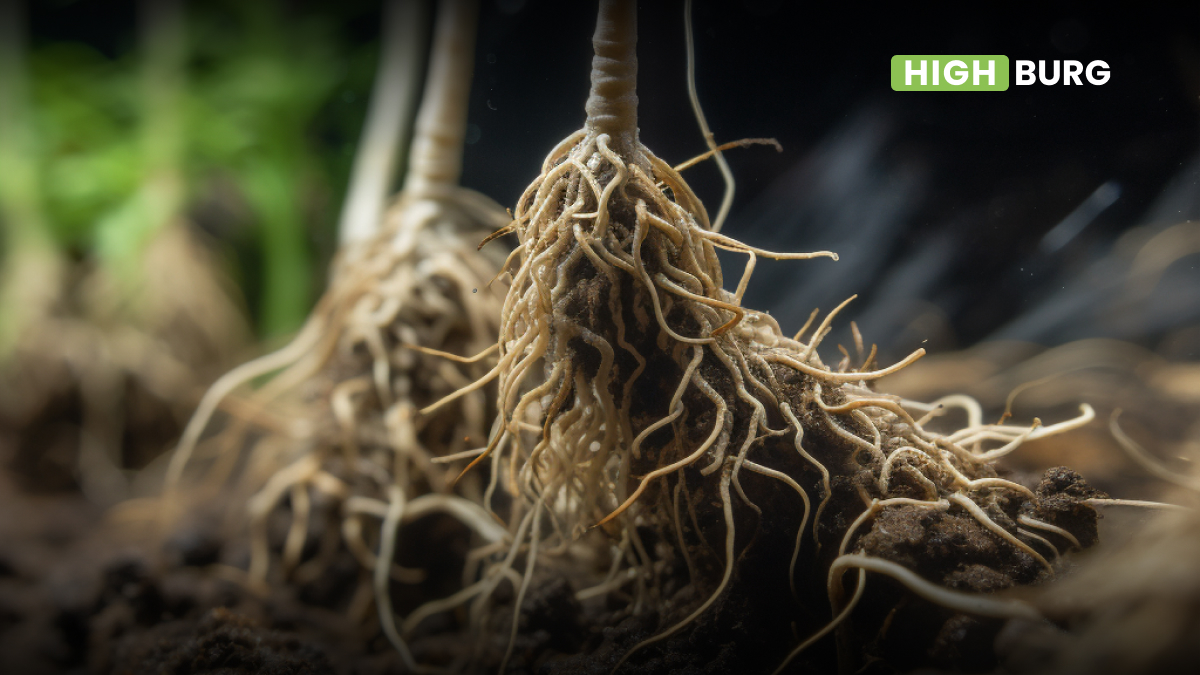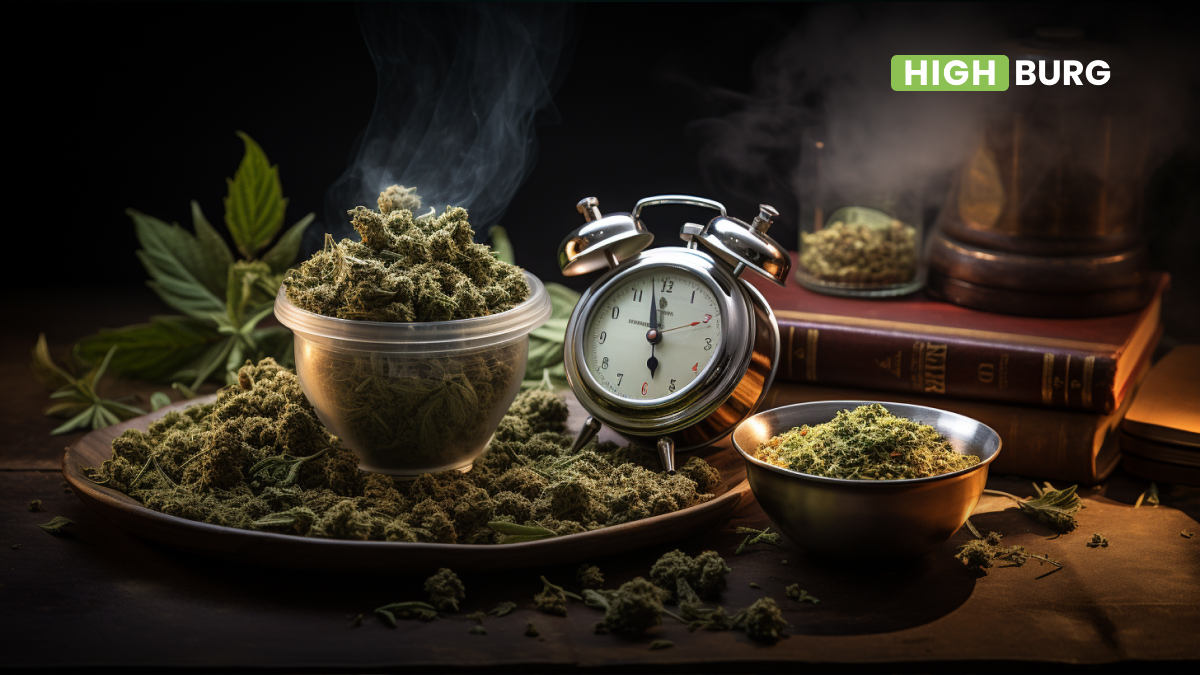Are you a cannabis grower looking to improve the growth and quality of your plants? Have you heard of mycorrhizal fungi? These beneficial fungi live in the soil and form a partnership with plant roots, providing a range of benefits that can help cannabis plants to thrive. In this article, we will explore the many benefits of mycorrhizal fungi on cannabis growth and quality.
Benefits Of Mycorrhizal Fungi
If you’re a new or even experienced cannabis grower, you’ll want to know more about the many benefits of this fascinating fungi.
Improved Nutrient Uptake
Mycorrhizal fungi are masters in absorbing nitrogen, phosphate, and potassium from the soil. They develop a network of filaments that reach into the ground and take up nutrients, which are then distributed to the roots of plants. This enhances the cannabis plants’ ability to absorb nutrients, resulting in healthier and more vigorous growth.
Better Water Absorption
Cannabis plants require water to survive and grow, but they can have trouble absorbing it from the soil. By inserting their hyphae deeper into the soil than plant roots, mycorrhizal fungi are able to acquire water that would otherwise be inaccessible to the plant. Cannabis plants may grow bigger and healthier as a result of their increased water absorption, particularly during periods of drought or water constraints.
Improved Disease Resistance
Mycorrhizal fungi can aid in the prevention of illness, which is something no one wants to happen to their precious cannabis plants. These beneficial fungi create substances that are toxic to dangerous diseases and boost the plant’s defence mechanisms. This can aid in preventing ailments like powdery mildew and root rot, which can harm the quality and growth of cannabis.
Improved Terpene And Cannabinoid Production
Terpenes and cannabinoids are the substances in charge of giving various cannabis strains their own smells, scents, and effects. Through enhancing plant health and nutrient uptake, mycorrhizal fungi have been proven to increase the production of these useful chemicals. Every cannabis user wants a better terpene profile for their plants.
Improved Soil Quality
Mycorrhizal fungi can improve soil structure and increase the availability of nutrients, leading to healthier soil and better growing conditions for cannabis plants. The hyphae of mycorrhizal fungi can break down organic matter in the soil, releasing nutrients that are otherwise unavailable to the plants.
In addition, the presence of mycorrhizal fungi can help create a better soil structure, which can lead to improved soil drainage and aeration. This can allow your cannabis roots to penetrate the soil and access nutrients and water.
Better Stress Tolerance
When cannabis plants are subjected to various types of environmental stress, such as drought, high temperature, or nutrient deficiency, it can impact their growth and productivity. Mycorrhizal fungi help these plants tolerate stressors by increasing their ability to absorb nutrients and water from the soil.
In addition, the fungi produce certain compounds that act as “stress protectants,” helping to reduce the negative impacts of stress on plant growth and development. Therefore, the presence of mycorrhizal fungi can help improve the stress tolerance of plants, allowing them to better withstand challenging growing conditions and continue to grow and thrive.
How To Choose The Right Mycorrhizal Fungi
Choosing the right mycorrhizal fungi for cannabis plants involves considering several factors, including the strain of cannabis being grown, the soil type, and the growing conditions.
Here are some tips for choosing the right mycorrhizal fungi:
Consider the strain of cannabis: Different strains of cannabis have different nutritional requirements and growing conditions. Some mycorrhizal fungi strains may be better suited to specific strains of cannabis than others. For example, some strains of mycorrhizal fungi may be better suited for sativa strains, while others may be better suited for indica strains.
Consider soil type: Different types of soil have different nutrient levels, pH levels, and drainage characteristics. Some mycorrhizal fungi strains may be better suited to specific soil types than others. For example, some strains may thrive in sandy soil, while others may do better in clay soils.
Consider growing conditions: Growing conditions such as temperature, humidity, and lighting can also affect the effectiveness of mycorrhizal fungi. Some strains may be better suited to specific growing conditions than others. For example, some strains may perform better in cooler temperatures, while others may do better in warmer temperatures.
Seek advice from experts: Working with a knowledgeable cannabis grower or horticulturist can help you choose the right mycorrhizal fungi for your needs. They can advise on the best strains of mycorrhizal fungi for your specific growing conditions and help you integrate them into your growing practices.
Where Is Mycorrhizal Fungi Found?
Mycorrhizal fungi can be found in a wide variety of soil types and environments. They are particularly important in soils that are low in nutrients or subject to other stresses, such as drought or high temperatures.
There are two main types of mycorrhizal fungi: endomycorrhiza and ectomycorrhiza. Endomycorrhiza is the most common type and forms a network of hyphae that penetrate the plant’s root cells. Ectomycorrhiza forms a sheath around the outside of the plant’s root cells, but does not penetrate them.
Final Thoughts
If you’re looking to take your cannabis growing to the next level, it’s worth considering this interesting type of fungi.



